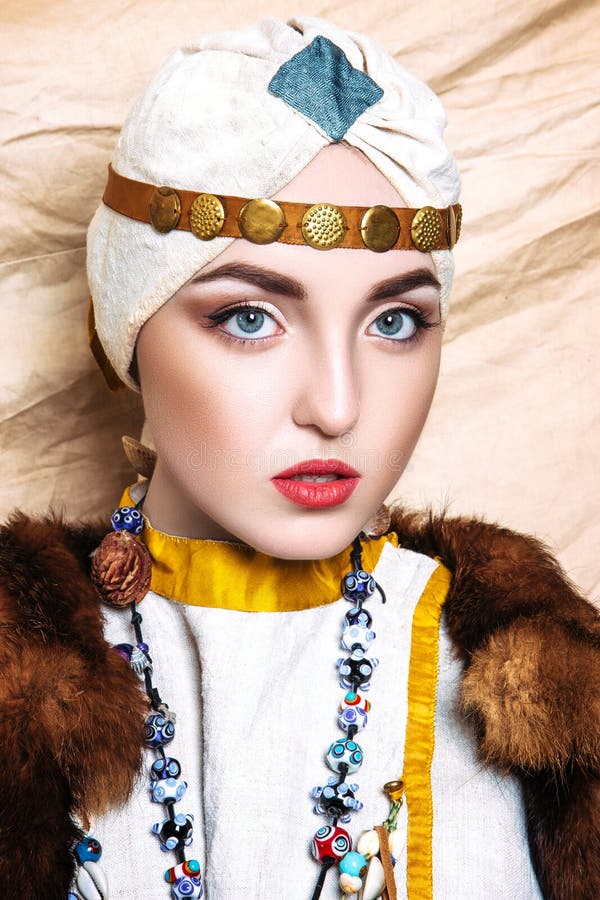It is not surprising that many people are choosing to add traditional Asian bride customs into their exclusive moment as there are more Asian Americans in the united states. Whether you are an Indo- American https://economictimes.indiatimes.com/news/international/us/valentines-day-and-st-valentine-what-is-the-connection/articleshow/97927597.cms looking to honor spiritual practices or a Korean American hoping to spend homage to family history, these traditions are a gorgeous addition to any contemporary wedding ceremony.
The sophisticated rituals and vibrant colors of Asiatic weddings are sure to make you asianbrides.org/thai-brides/ feel happy and connected to your lineage. There is no doubt that more and more people did embrace conventional Eastern customs and traditions for their big time as a result of the growing range of diverse newlyweds who are planning their marriages. In the past, most of these ceremonies were solely held in China and India.
During a teas ceremony, it is important for the few to respect their families in Chinese society. Typically, the newlyweds would offer a cup of tea to each set of parents while sitting on teas pillows. Following that, the bride and groom would arrow to their parents and accept their presents. These presents, which can range from jewellery to foods items, are typically red envelopes filled with cash. Since the number 4 is a bad luck image, older cousins frequently give the bride and groom multiples of 8.
Relatives and additional senior home users are even subjected to this ritual. The brides typically pay their grandparents a attend after the tea ceremony. Usually, the few will give the mothers a cup of tea in exchange for presents. These presents are typically identical to those given to the families, but they are more numerous.
The matchmaker would use a tool called suan ming to match the birthdates of the chosen girl and boy prior to the wedding ceremony ( practically 8 circular characters that stand in for the year, month, day, and hour of each man’s delivery and determine his fate ). If the dates worked out well, the matchmaker would deliver the girl’s family a gift known as the dowry or betrothal gifts. At a banquet, the wife was officially introduced to her fresh husband’s family and friends. There, she had bow down in front of the more senior members and be given the title that best reflected her standing within the family. The bride would go to her parents ‘ house, where she was now a guest, three days after getting married.
Both the Indian bride and her groom will be dressed in traditional Indian garb, including the men’s kurta pajamas and the ladies ‘ sari, lehenga, or sherwani kameez. The bride will wear her choori ( bangles ), mangalsutra ( gold necklace with black beads ), and sindoor (vermilion mark on forehead ), while the groom wears his dhoti kurta and kalira, which are bells in the form of domes made of gold and silver. It’s important to keep in mind that this meeting also marks the union of two households, not just the handful getting married.
